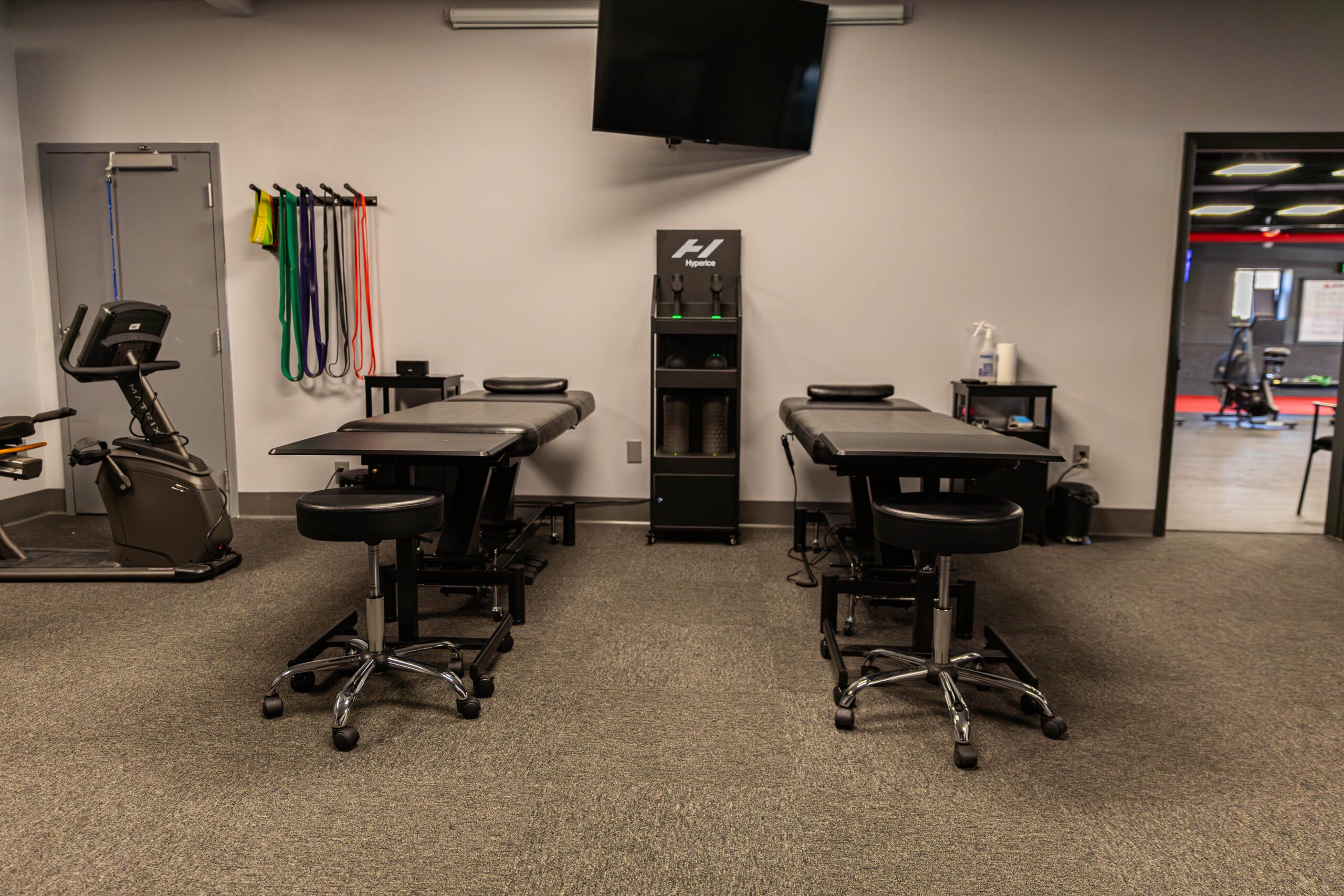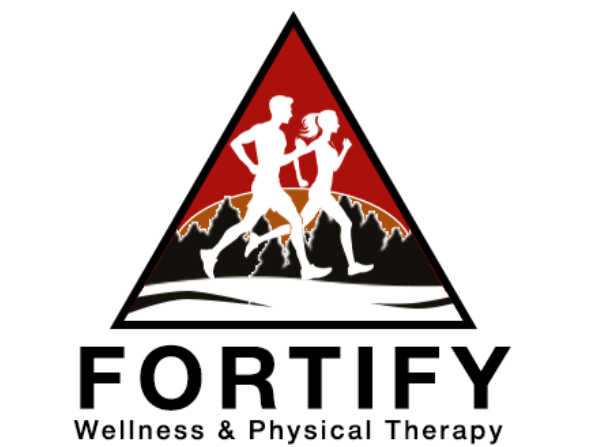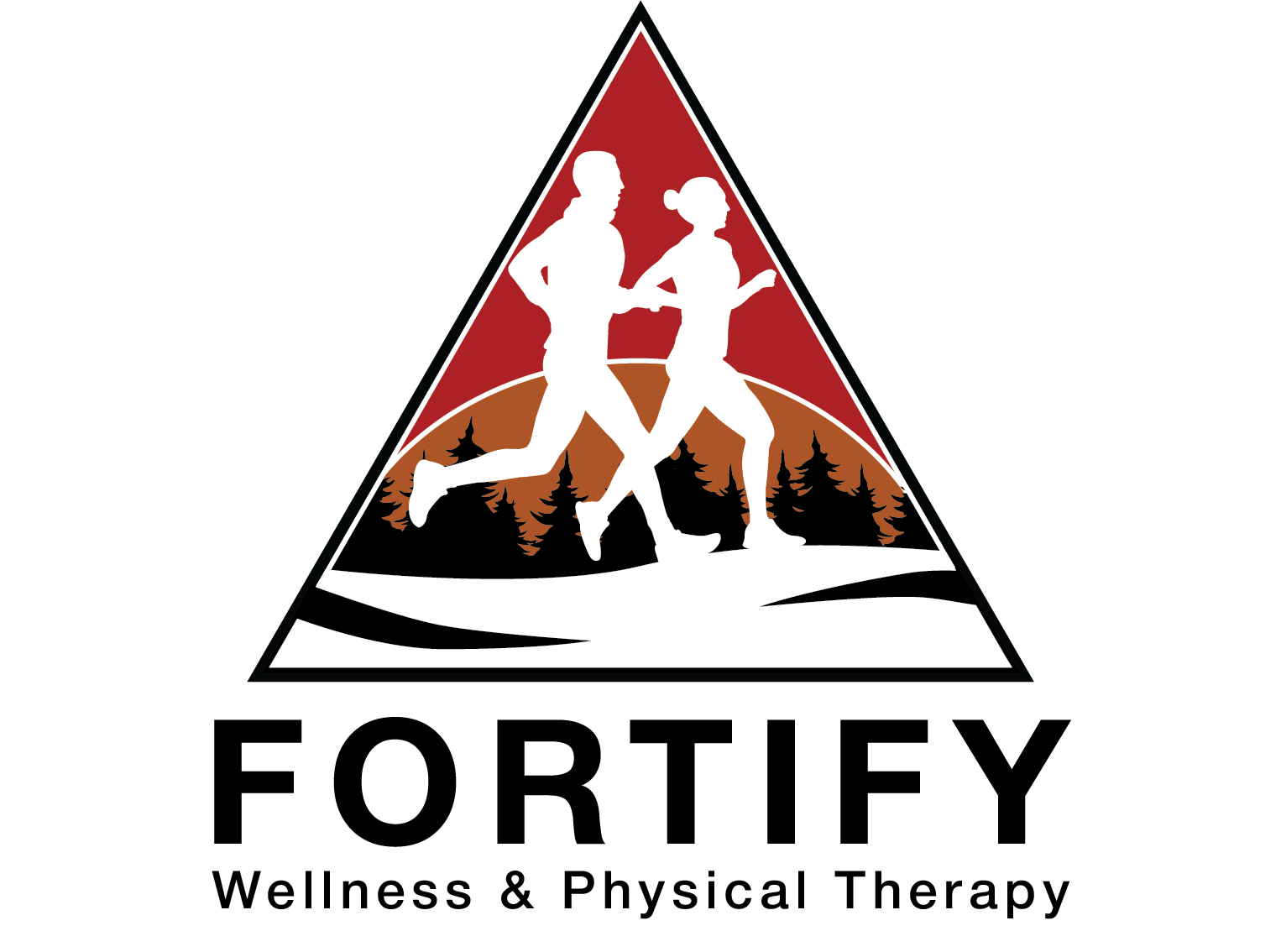
Concussions
What Is A Concussion?
A concussion is a type of mild traumatic brain injury caused by a sudden bump, blow, or jolt to the head. This impact causes the brain to move rapidly back and forth, disrupting normal brain function. It’s a complex neurological event that may result in a wide range of symptoms.
Should I See A Medical Professional?
If you’ve had any kind of head injury — even a minor one — it’s important to get evaluated by a healthcare provider, especially a sports medicine or concussion specialist. Here’s what to keep in mind:
- Anyone who experiences a hit to the head should be medically assessed.
- Around 80–90% of concussions resolve on their own, with most adolescents and adults returning to full function within two weeks.
- Recovery may take longer for younger athletes — sometimes up to four weeks.
- If symptoms linger or worsen beyond the expected timeframe, collaborative care with multiple medical professionals may be necessary.
What Can A Physical Therapist Do To Help?
Physical therapists play a key role in concussion recovery, especially when symptoms persist. Seek physical therapy if you’re experiencing any of the following:
- Difficulty balancing or walking normally
- Neck discomfort or stiffness
- Trouble concentrating or focusing
- Frequent dizziness
- Ongoing headaches
- Low tolerance for exercise or physical activity
Physical therapists are trained to evaluate and treat post-concussion symptoms. They can help you safely return to daily activities or sports by guiding you through a graded exposure rehab program tailored to your condition.
Return To Sport
Return-to-sport progressions are a key component of concussion rehabilitation. Before an athlete resumes full participation, all concussion-related symptoms must be fully resolved to ensure a safe and successful return to play.
Continuing to play after a concussion can worsen symptoms, delay recovery, and significantly increase the risk of Second Impact Syndrome — a potentially life-threatening condition.
- 1. Rest & Symptom Management
This first phase focuses on rest and gentle activity to support brain recovery. The goal is to return to basic daily tasks that don’t trigger symptoms — this might include light walking or simple household chores. - 2. Light Cardiovascular Exercise
Once symptoms have stabilized, athletes can ease into low-intensity aerobic activities like walking or using a stationary bike. The focus here is to gradually raise heart rate without causing symptom flare-ups. - Sport-Specific Movements
With continued improvement, athletes can reintroduce sport-specific drills — such as skating or running — while still avoiding contact or any high-impact movements.
- 4. Non-Contact Practice Drills
At this stage, athletes can take part in non-contact practice sessions that simulate real gameplay, such as passing or movement drills, but without physical contact. - 5. Full Practice with Contact
Once cleared and symptom-free through prior stages, athletes may return to full-contact practice. This step occurs under supervision, with careful monitoring to ensure symptoms do not return. - 6. Return to Play
The final phase allows a full return to competitive play and unrestricted practice, provided the athlete remains completely symptom-free.

